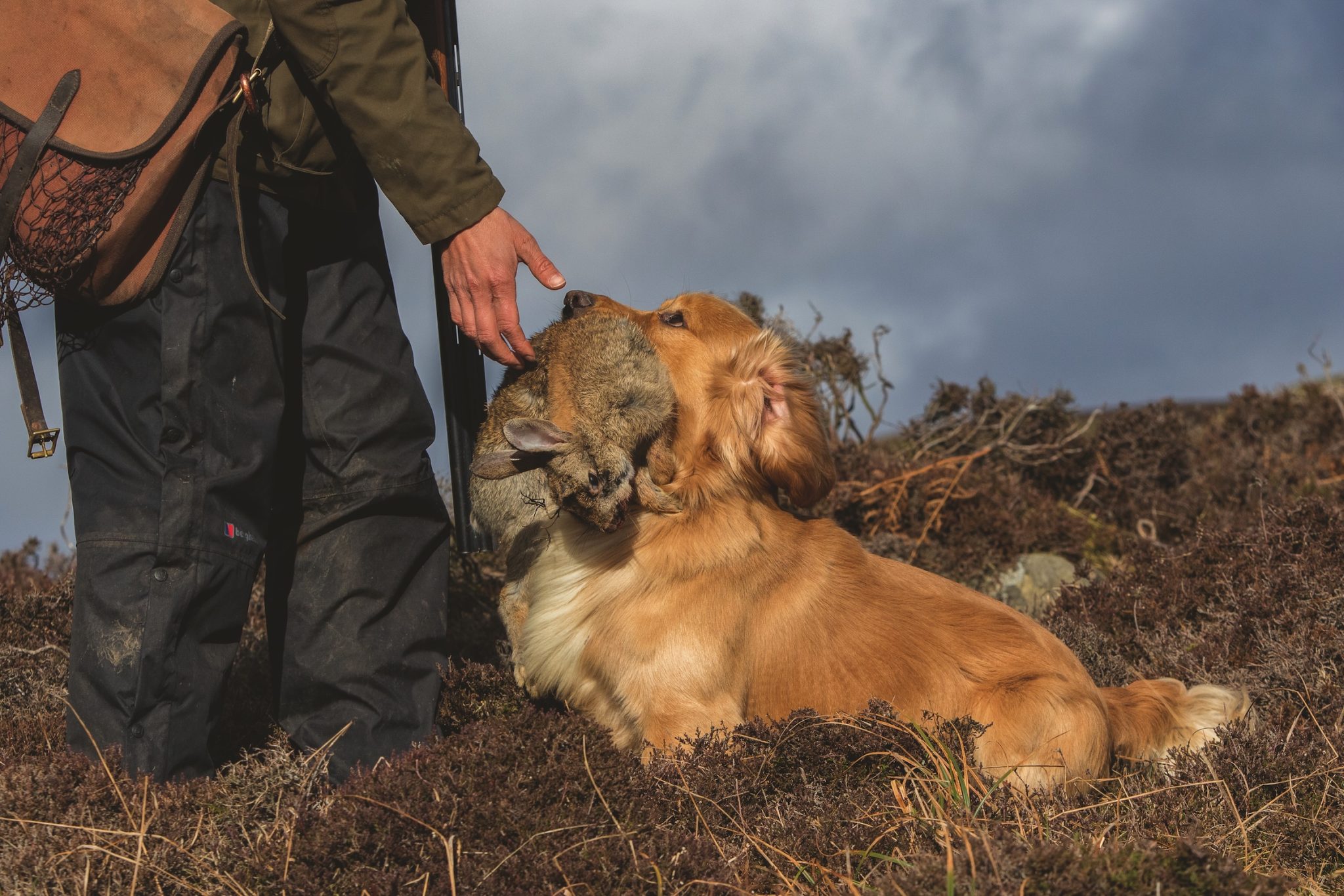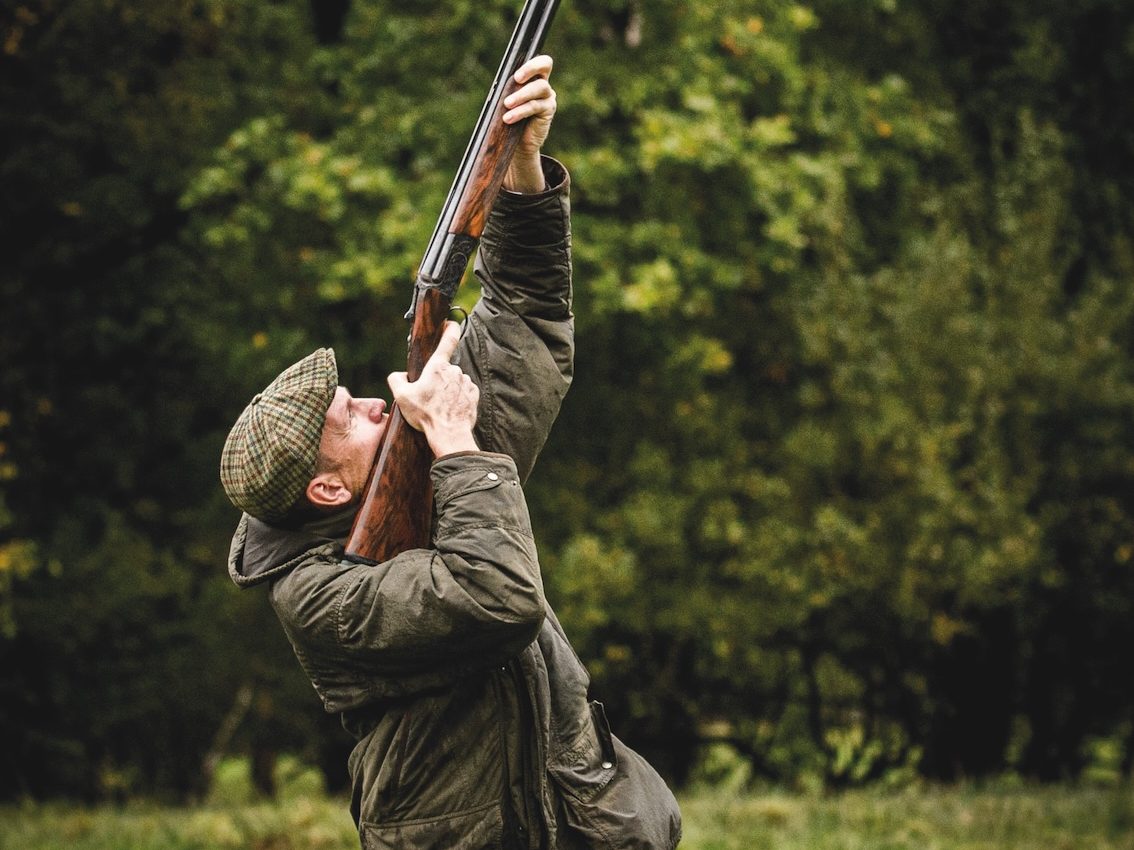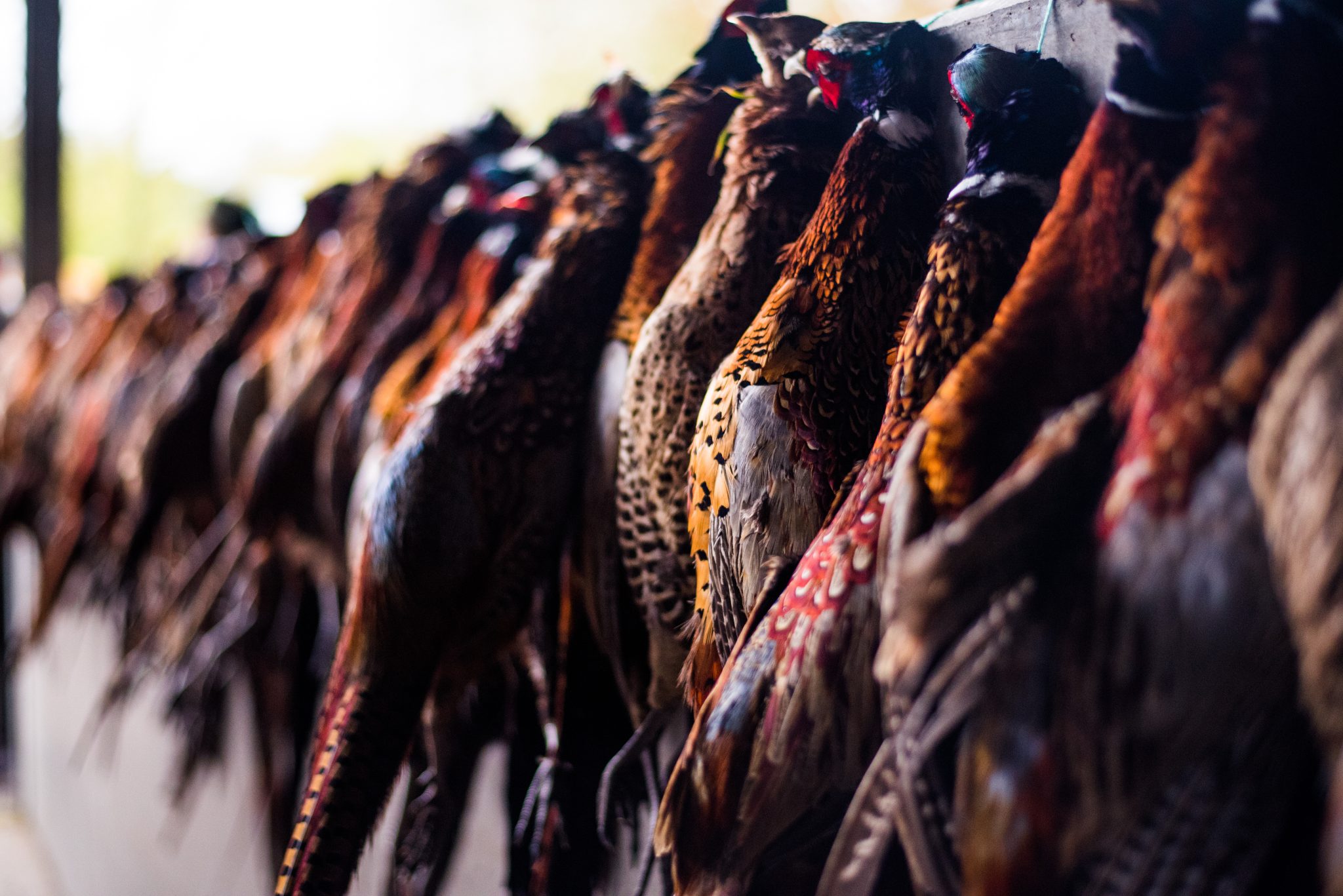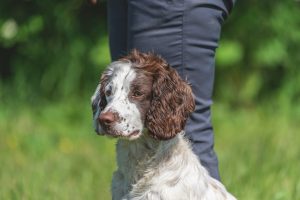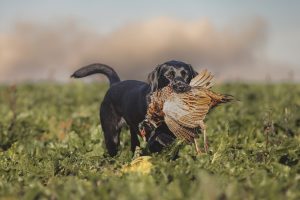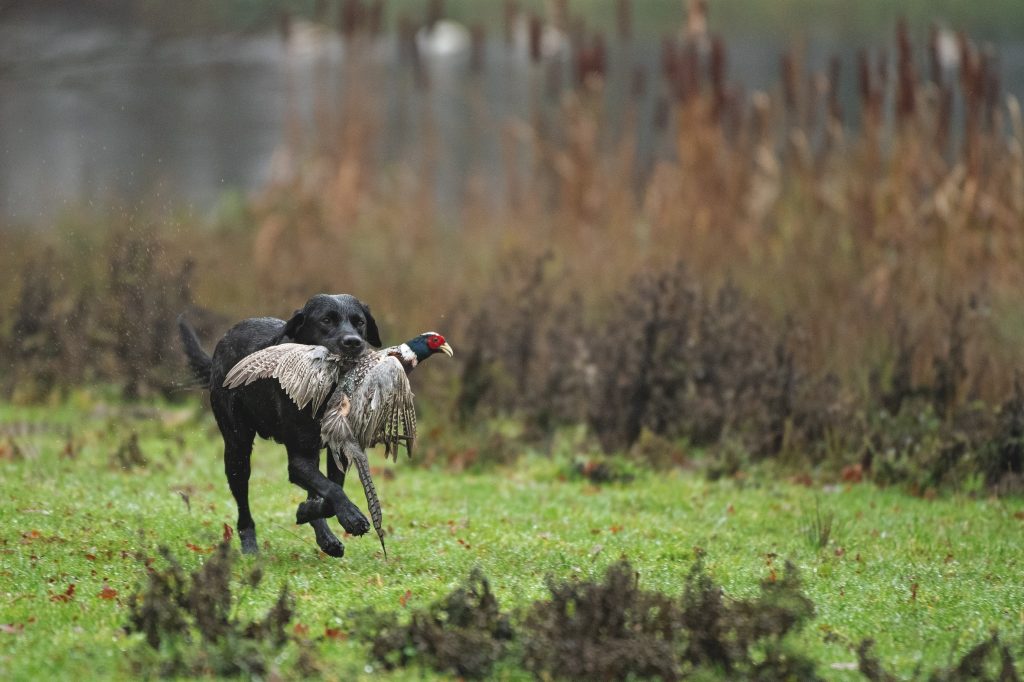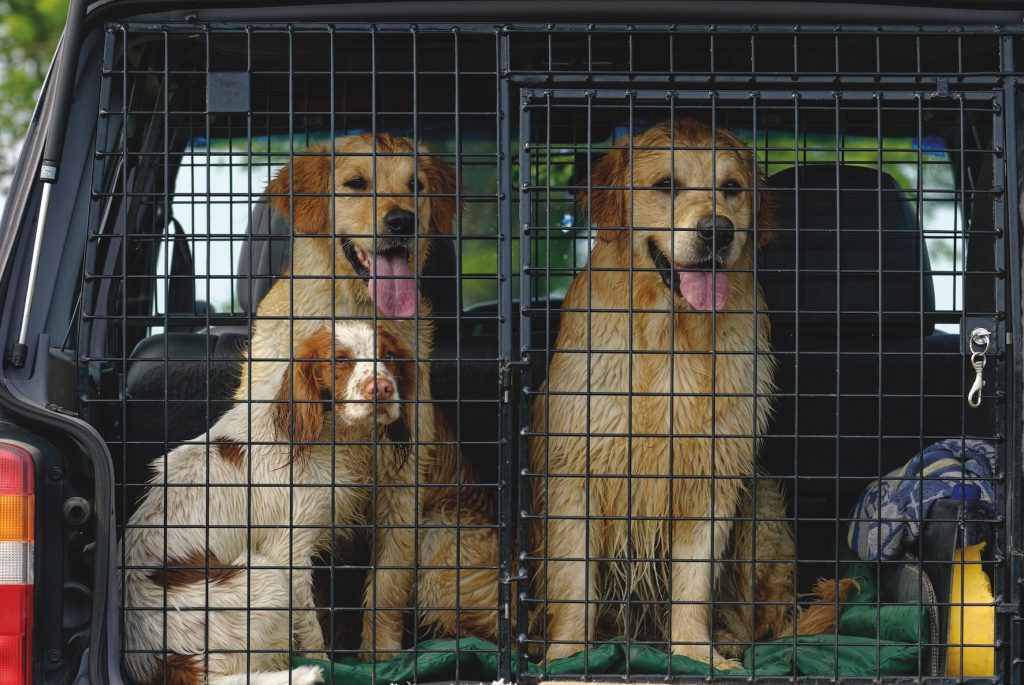Win CENS ProFlex DX5 earplugs worth £1,149 – enter here
Tips for your gundog’s first day in the field
Drawing on his 30 years of experience, Ben Randall offers advice on avoiding mistakes at the end of the season with a young dog.
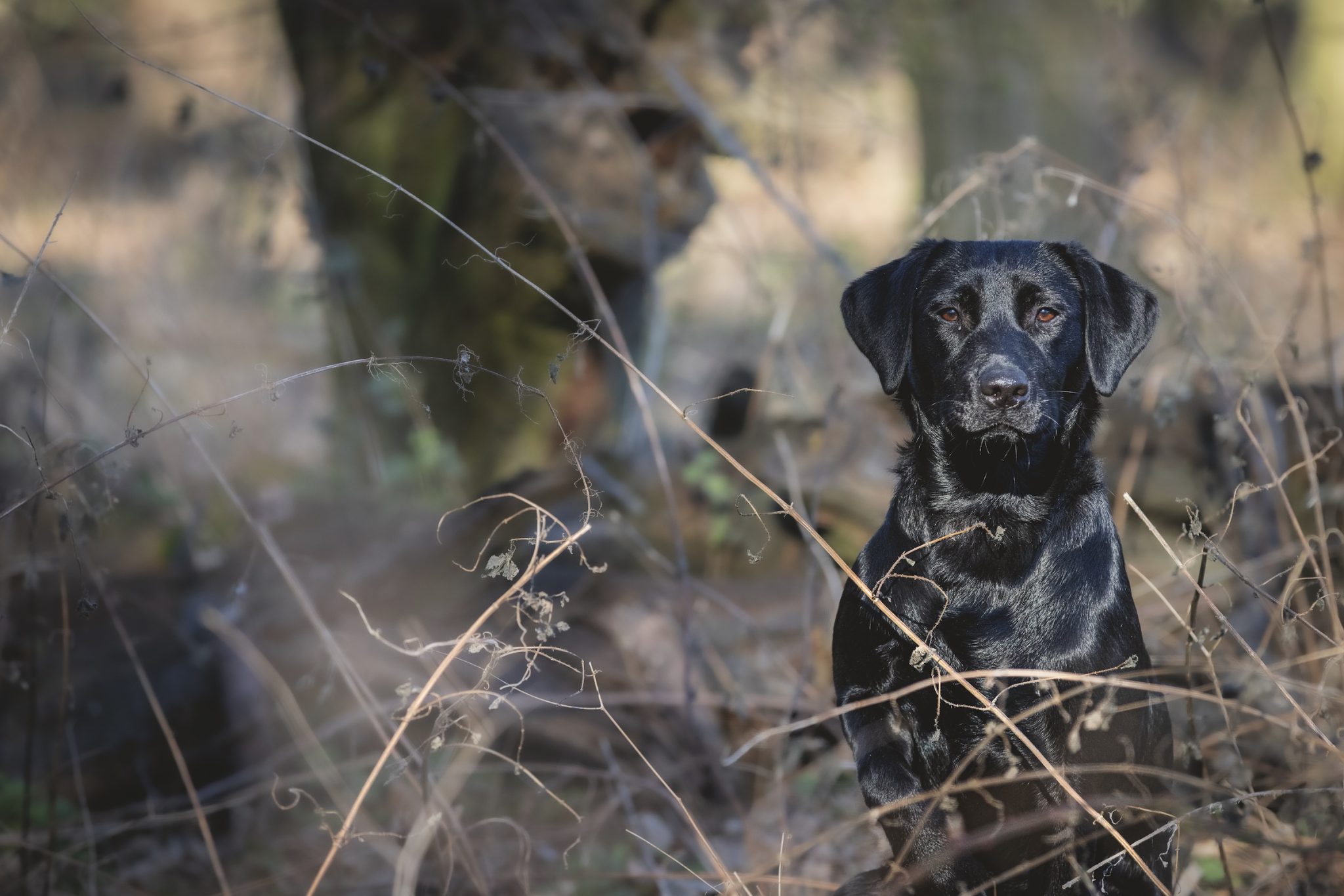
If you have a young gundog and you have worked hard on getting the foundations right, you may well be thinking of taking the dog out for a day or two next season. It’s always hard to tell people the age the dog should be when it has its first experience of the real thing, but a rough guide would be 12 to 18 months. Remember, like us humans, everybody’s ability to learn is different; some people and dogs have more natural ability than others and some need nurturing more than others. But assuming you think the time is right I would urge you to tread carefully and wait till nearer the end of the season. You have exercised restraint and left the youngster at home for the first few months of the season, so don’t rush now. If your dog is trained to the level where you think they need to be then there’s no reason why they shouldn’t come along in January. What’s the benchmark for judging readiness? I would want the dog to walk to heel on and off the lead, have a great positive stop and positive recall in all environments, and already have heard gun shot and picked cold and warm game. And you should have a good bond and trusting mutual respect for each other. If all this is covered then we have a great opportunity in the later part of the season to tick some very important boxes.
So how should you approach this introductory day? Firstly it’s very important to get the shoot captain or head picker-up on board with you. Then as always we stand back and we assess each drive. We take the first couple of drives very steady, making sure the young dog is calm and relaxed during the drive, is happy for you to pick up any birds that land close to you, and has been handled or directed to warm, recently shot birds and delivers back to hand. If this is the case and everything is going to plan then we can slowly advance it over the coming weeks, by maybe sitting right next to a Gun or taking a peg yourself. We can then look at progressing the dog on to flapping birds or potential runners. The boxes that we have ticked, if all the above is undertaken without issue, will stand us in good stead for the spring and summer month’s training. We now have a dog that is steady on shoot days and picks dead birds, flappers and runners. This means we have a great opportunity to further advance all the training in readiness to start the season next September and enjoy a full shooting season with our dog.
What could go wrong?
If everything goes well that’s great but what happens when we come into a few problems? For instance, if you are stood back picking-up with your young dog and it has started to pull on the lead with excitement and seems to have a lower percentage of engagement with you, visibly scanning the area more than you. This normally tells me the dog is potentially going to start to go wrong. And then, once the lead is off and birds start falling, not only is the dog scanning frantically, but it has also now started to fidget and move from its seated position. You send it for its first bird and on the way it runs across to multiple birds, picks and drops and/or picks cleanly and on the way back drops and swaps with other birds. Or when it arrives at the retrieve it sniffs and plays before retrieving because it’s a very recently shot bird. Or the delivery is not as it would be at home, and the dog is circling and getting over-excited or is not giving the bird to you with the simple command and is holding on.
WARNING: do not listen to advice after this happens, for example the common pearls of wisdom: “See what happens on the next two drives, I’m sure it will get better.” The only advice I would like you to listen to is put your dog back into the car and enjoy the rest of your day.
All is not lost
When you get home you need to be completely honest with yourself. It hasn’t gone to plan, and your dog is not ready to be fully immersed into the picking-up role. But do not worry, we have just tried to skip too many steps potentially in the dog’s foundations. We now have the next nine months to re-establish all the correct foundations to enable us to have a far more productive season next year.
It’s a really good idea to make a note of the issues that you had on the shoot day. Then you can set a training programme to overcome these issues throughout the spring and summer. Writing it down will not only help you be honest with yourself about the situation, but if you go to a trainer it will help explain exactly what went wrong. And when the memory fades in the summer you will have a true account to fall back on, not your potentially biased recollections about your beloved and saintly canine.
Spaniels in the beating line
If you take your young spaniel for its first foray into the beating line you must be equally cautious. A cover to avoid in the early days will be maize and other large crops where you cannot see your dog 100 per cent of the time. If this is the case then simply walking your dog to heel on or off the lead is also a great training opportunity.
If we are beating woodland then most of the birds are pushed to a flushing point, so it’s normally a good idea to hunt your dogs near the start of the drive. This will normally hold less game, particularly in January, because the birds fully understand the routine by now. Consequently there will be less opportunity for your dog to have a large volume of birds to deal with. But remember there will still be a lot of new experiences and distractions with beaters in the line, people flapping flags, other people using whistles and other dogs under varying degrees of control. So this will still be a fantastic test of your training.
Your dog is now quartering and turning and doing everything it does in training. If this is the case short little hunts and heelwork is preferable to keep your dog sharp and engaged with you. If you see a few small pockets of birds in cover where you can retain full sight of your dog, then you can potentially allow the dog to flush these birds. If everything goes to plan then fantastic, all your hard work has paid off.
BUT let’s not overdo this and get too confident. Let’s finish the season on a hugely positive note, because remember this is still a young dog learning its trade. If it does go wrong, as with the labrador mentioned already, it might be the dog is slightly pulling on the lead and is scanning the ground and the Guns and shot birds and is looking quite frantic. We then cast the dog off to hunt and it’s not turning on the whistle or hunting in a methodical pattern like it normally does, so the ground treatment isn’t as you would like or how it has been accomplished in training. The dog is simply charging about more, and using its eyes more than its nose. This is a tell-tale sign for me the dog is just not ready for this environment today. Occasionally my own dogs and client dogs have acted like this on the first drive and after 50 or so yards they settle back down into their normal patters. But this is not normally the case, so I am afraid it’s back to the drawing bord. And trust me over the last 30 years I personally have enjoyed many hours on that drawing board.
Act in haste, repent at leisure
In conclusion, this is a crucial stage in the development of your young dog. But you can undo a lot of hard work quite quickly if you are not honest with yourself about the level your dog has reached. Be observant, and if there are genuinely no causes for concern then that’s fabulous – the foundations are in place, and you can keep doing what you are doing. But if you see any slight glitches, be very careful. If you don’t take remedial action now you may be creating a much bigger problem in the future. Honesty for me personally is the most important part of my training. If I am honest with myself then I get the best results with my dog and my training.
To continue learning more, how about this article on training your gundog to the whistle?
Related Articles
Get the latest news delivered direct to your door
Subscribe to Shooting Times & Country
Discover the ultimate companion for field sports enthusiasts with Shooting Times & Country Magazine, the UK’s leading weekly publication that has been at the forefront of shooting culture since 1882. Subscribers gain access to expert tips, comprehensive gear reviews, seasonal advice and a vibrant community of like-minded shooters.
Save on shop price when you subscribe with weekly issues featuring in-depth articles on gundog training, exclusive member offers and access to the digital back issue library. A Shooting Times & Country subscription is more than a magazine, don’t just read about the countryside; immerse yourself in its most authoritative and engaging publication.



